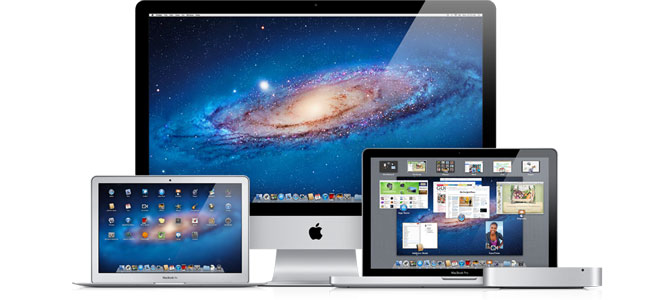Cross-platform is the buzzword of all the big tech companies now. During every Google earnings call, like clockwork, CEO Larry Page dedicates considerable time discussing the company’s focus on making sure users have a seamless experience and equal access to services as they switch between devices. In general, that’s already a reality if you know where to look. But there’s so much more potential.
No matter how much apps talk to one another and sync information back and forth, our devices are still essentially distinct from one another, tied together by cloud services that transfer the information to services and then back and forth between each other. But they’re still ultimately separate, and that means a lot of missed opportunity.
What I’d love to see, and what some are already exploring with projects like the Inferno cross-platform operating system, is a way for all these devices to pool not only the information and media we store on them, but also their resources and raw computing power.
Don’t get me wrong; I love that my iPad operates as a completely standalone computer, as opposed to something that needs to be continually tethered to a central tower, like some of the earliest interactive tablet screens. But the fact that I’m now carrying a fairly powerful computer in my pocket in the form of my iPhone, and that both it and my iPad can’t pool their cumulative resources when necessary to accomplish tasks better and faster is starting to seem like an unnecessary failing.
It’s much more likely that we’ll see more and more processing duties handed off to server farms with the growth of cloud services, especially since there’s greater financial incentive to make that happen in terms of being able to charge for the bandwidth needed to make it happen. But when your television, appliances, phone, router, tablet, notebooks and PCs all have powerful processors on board and plenty of computing power, much of which they aren’t even using most of the time, it seems absurd that we have turn to a remote facility miles away to handle our computing demands.
Every tech company today talks about the age of cross-platform computing, where it doesn’t matter what kind of device you use, you get access to the same content. Facebook’s recent News Feed redesign is all about unifying the experience; Microsoft made a big bet on a shared UI with Windows 8 and Windows Phone; Google is moving in that direction with ChromeOS and Android; and Apple is continually adding more features pioneered on iOS back into OS X and tightening the links between the two with services like iCloud.
Now, however, the time has come for someone to take the next step, and bring our devices together in ways that maximize the truly amazing potential they have as a collective, which dwarfs even the impressive things they can now all do on their own.
